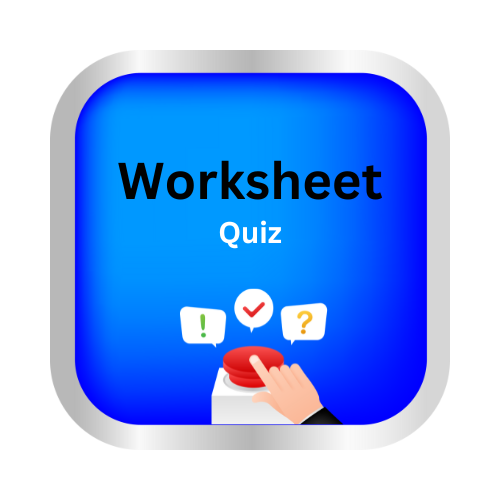Effective Safety Measures
Key Notes :
1. Importance of Safety
- Safety measures help protect people from accidents, injuries, and harm.
- They are crucial in homes, schools, workplaces, and public spaces to prevent dangerous situations.
2. Types of Safety Measures
- Personal Safety: Wearing appropriate protective gear like helmets, seat belts, and gloves.
- Environmental Safety: Ensuring safe surroundings by keeping areas clean, well-lit, and free from hazards.
- Fire Safety: Installing fire alarms, maintaining fire extinguishers, and practicing fire drills.
- Electrical Safety: Proper wiring, turning off appliances when not in use, and avoiding overloading circuits.
- First Aid: Knowledge of basic first aid to help in emergencies before professional help arrives.
3. Common Safety Rules
- Follow Instructions: Always read and follow safety instructions on labels and guidelines.
- Proper Handling of Tools and Machines: Using tools and equipment correctly to prevent accidents.
- Safe Road Practices: Following traffic rules, wearing seat belts, and using pedestrian crossings.
- Handling Chemicals Safely: Storing chemicals in safe places, using gloves, and reading safety instructions.
4. Emergency Procedures
- Know emergency contact numbers (like ambulance, fire, police).
- Practice evacuation plans in case of fire, natural disasters, or accidents.
- Understand the basic steps of first aid: CPR, treating burns, cuts, or choking.
5. Hazard Identification
- Being aware of potential hazards around you (e.g., wet floors, loose wires, broken equipment) and taking steps to eliminate or avoid them.
- Reporting hazards to responsible authorities like teachers or supervisors.
6. Safety in Different Environments
- At Home: Keeping sharp objects, medicines, and cleaning products out of reach of children.
- At School: Knowing the location of fire exits, first aid kits, and following safety drills.
- On the Road: Wearing helmets while cycling, following traffic signals, and staying alert.
- In the Workplace: Using appropriate safety gear, maintaining clean and organized workspaces, and adhering to safety protocols.
7. Safety During Outdoor Activities
- Wear proper gear for outdoor sports or recreational activities (e.g., knee pads, helmets).
- Stay hydrated and protect yourself from extreme weather conditions (sun, cold).
- Be aware of surroundings and follow any posted safety warnings or guidelines.
8. Health and Hygiene Measures
- Regular hand washing, maintaining personal hygiene, and using sanitizers to prevent the spread of diseases.
- Eating healthy foods, staying active, and getting enough rest to ensure overall well-being.
Let’s practice!

